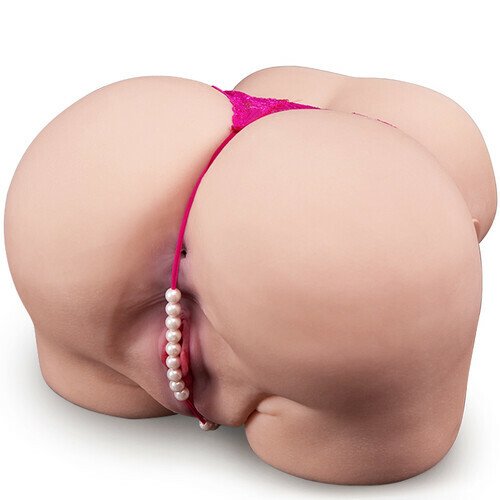Consumption, consumption, what is your function?

What do I really want?
I recently participated in an online challenge called the #75HardStyleChallenge, started by fashion writer and analyst Mandy Lee. The aim of this challenge is to wear clothes from your wardrobe for 75 days, documenting each outfit in the hopes of gaining confidence in your outfits.
I am someone who gets an adrenaline rush every time an online order is confirmed. The postman came in and all the packages arrived at my front door. But I’m interested in the 75-day no-clothes-buying challenge. Not participating in consumption. So, while I didn’t record every item of clothing I wore during these 75 days, I still used this challenge to achieve my goal of consuming less.
I heard that it takes 21 days to form a habit. Within a week, I was excited to put together an outfit. It occurred to me that I still had a lot of clothes still intact. It was summer so I was wearing a skirt. How can I enhance each look? I tried on jewelry, scarves, and shoes, all of which I already owned. During that time, I also restructured my skincare routine. I am recalibrating my relationship with procurement. Most of the time when I shop it’s to say I can have something rather than actually getting something useful. I consume a lot. But I’m also tired of returns. For me, an important part of being an adult is understanding the difference between needs and wants. It carries my spending power and the things I desire to own.
During those 75 days, I began to move away from being in a constant state of scarcity. I became safer focusing on my own needs and not following the constant consumer culture.
Is underconsumption the answer?
Influencer culture has been changing lately, moving more towards the idea of under-consumption. There are fewer and fewer videos of showers with seven products. Those videos that shove something in your face and tell you you must have this product or your face will look distorted no longer resonate with the masses. The desire for simplicity becomes stronger. Online consumers are becoming increasingly financially, physically and mentally aware.
However, I question the authenticity of this underconsumption trend. How can influencers prioritize the value of their audience over the value of their money when the product is not the focus? As with any trend, how long will the stimulus from underconsumption last? (Note, underconsumption is not to be confused with sustainability, which has its own army of content creators informing the public about becoming more conscious consumers of the planet and themselves.)
I asked these questions when I participated in online challenges, and I still do. Sponsored ads and partnerships are still going strong in influencer culture. I realize now that it might be healthier to spend less time on social media to avoid falling into and being influenced by the buy-buy-buy culture. I can still use social media as a tool to stay informed and improve my life. But my focus on social media also has to evolve. I’m trying to reduce consumer impact. I don’t need a basket full of products to keep it clean.
consumer awareness
Overall, I know I can control my buying impulses. What do I own? What do I buy? What do I eat? What do I eat? I am constantly evolving how to take care of myself long term.
Where does my money matter most? Because I love traveling, I want my money to be spent on great experiences and not on things I don’t actually need. While I love coupons, I recognize that sales can give customers the illusion that they are saving money.
As people re-evaluate their consumer journeys, I want to encourage them to think about where things come from. For me, getting dressed is a refuge from depression. I also realize that I am not lacking. Still, I like the transformation of my relationship with my spending. I have an ecosystem of value that transcends me for the better.


 Anal Beads
Anal Beads Anal Vibrators
Anal Vibrators Butt Plugs
Butt Plugs Prostate Massagers
Prostate Massagers
 Alien Dildos
Alien Dildos Realistic Dildos
Realistic Dildos
 Kegel Exercisers & Balls
Kegel Exercisers & Balls Classic Vibrating Eggs
Classic Vibrating Eggs Remote Vibrating Eggs
Remote Vibrating Eggs Vibrating Bullets
Vibrating Bullets
 Bullet Vibrators
Bullet Vibrators Classic Vibrators
Classic Vibrators Clitoral Vibrators
Clitoral Vibrators G-Spot Vibrators
G-Spot Vibrators Massage Wand Vibrators
Massage Wand Vibrators Rabbit Vibrators
Rabbit Vibrators Remote Vibrators
Remote Vibrators
 Pocket Stroker & Pussy Masturbators
Pocket Stroker & Pussy Masturbators Vibrating Masturbators
Vibrating Masturbators
 Cock Rings
Cock Rings Penis Pumps
Penis Pumps
 Wearable Vibrators
Wearable Vibrators Blindfolds, Masks & Gags
Blindfolds, Masks & Gags Bondage Kits
Bondage Kits Bondage Wear & Fetish Clothing
Bondage Wear & Fetish Clothing Restraints & Handcuffs
Restraints & Handcuffs Sex Swings
Sex Swings Ticklers, Paddles & Whips
Ticklers, Paddles & Whips
















